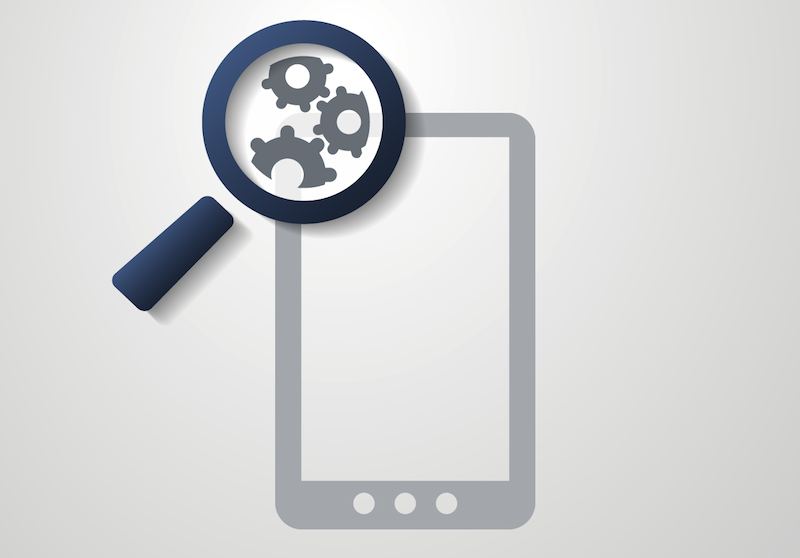An inside look at Battery Doctor
Today we start a series of articles devoted to a detailed study of the technical side of ads displaying and online tracking. We will show you how exactly advertising networks operate, what they learn about you, and how they use this data.

For the first article we chose a very popular app (more than 150 million downloads!) – Battery Doctor.
Please note: We do not analyze the quality of the app. Displaying of ads barely depends on an app developer. Ads are loaded with the help of ad networks’ special libraries
It would seem that the app is not connected to the network, and shouldn’t use it actively. But we live in the age of the Internet, so be prepared for the fact that even a calculator may download something from the web.
So, we have just installed the app and run it for the first time. Let’s trace the network and app “communication”.
The first thing that catches the eye: when you first start the app, it makes more than 160 requests to the network, downloading more than 3 MB of data. Part of this data is cached later, and at every next launch only ~40 request are made.
Requests to the own server
Some of the requests are addressed to the own server of developers and are designed to get various settings, as well as static images. In short, nothing wrong and reprehensible.
AppsFlyer
The app uses AppsFlyer to collect user data. This is a very popular service, every second app in Google Play uses it. Let’s see what kind of information does Appsflyer collect about you.
- Launch and installation date
- Your mobile network operator
- Your Wi-Fi network name
- Language and currency
- Your device ID
- Model of your device
The app uses Facebook ad network, so that we see dozens of requests to get Facebook ads recommended to you personally.
It makes no sense to list what is sent to Facebook. If you are the Facebook user, it already knows everything about you.
And most important, you totally want to watch 10 recommended to you personally ads, don’t you?

Adkmob.com
Another ad network which will show you dozens of ads. In comparison with other, there is less data about you that is requested.
- Your device ID
- Model of your device
- Display resolution and amount of RAM
Loopme.com
And one more ad network, which is embedded in this app. Well, what if you haven’t got enough ads from ad networks listed above? This time we are dealing with a full-screen video advertising.
There is one problem with this ad network: at every launch of the app, three video ads are downloaded, though they are not always displayed. What a strike on users with paid traffic.
Analysis results
Each time you run the app, the following occurs:
- 40 requests sent to three ad networks and one analytical system.
- 3 MB of data is downloaded from the web.
- More than 10 various parameters of your device are sent to ad networks and analytical systems.
Is it good or bad – it’s up to you to decide. Anyway, you need to understand what exactly you are sharing when using any app.
Continue?
Please, write in comments what would you like to know in the next article of these series. It shouldn’t be exactly an Android app, we can examine anything.
Analysis was conducted with a Fiddler app. Device used for testing: Nexus 7 with Android 5.0.
Author: Andrey Meshkov. April 24, 2015
*




















































